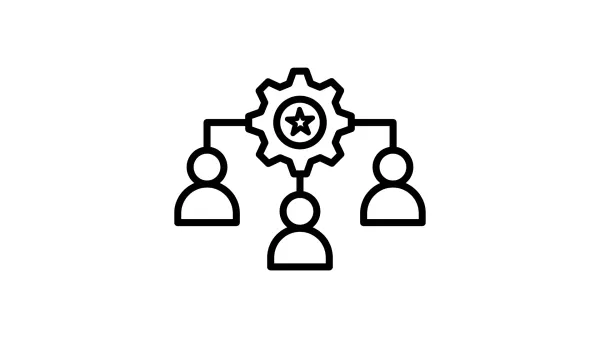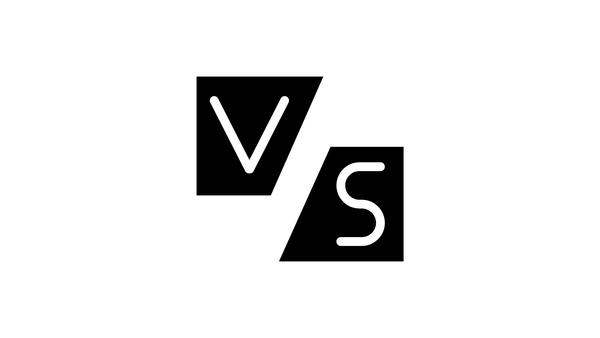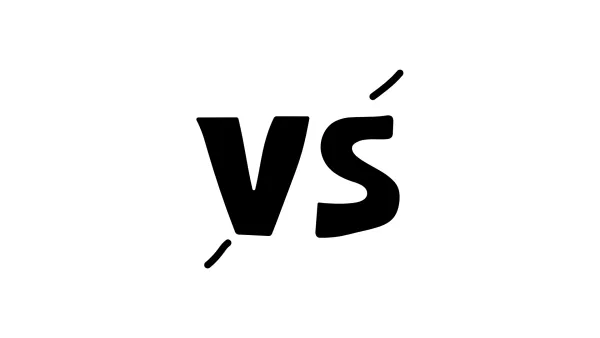Hidden Throttling: Is Your Web Host Slowing You Down?
Web hosts often throttle resources without notice, affecting your site’s speed and performance. Learn how to detect throttling and avoid slowdowns.

Table of Contents
Have you ever wondered why your website slows down during high-traffic periods, even when you’re paying for a supposedly top-tier hosting plan? Chances are, you’re a victim of hidden throttling—one of the hosting industry’s most underhanded practices. While web hosting providers promise speed and performance, they sometimes impose silent limitations to keep their servers from overloading. Let’s uncover the truth about throttling and how it impacts your site.
What is Throttling?
Throttling occurs when your hosting provider intentionally limits your website’s speed or performance. This can happen in several scenarios, including high traffic, resource-heavy activities, or when you exceed “fair use” thresholds.
Types of Throttling
- CPU Throttling
- Limits the processing power available to your site, slowing down load times.
- Bandwidth Throttling
- Reduces data transfer speed, causing delays in serving content.
- I/O Throttling
- Slows down data read/write operations, affecting database-heavy applications.
Why Hosting Providers Throttle Resources
- Preventing Server Overload
- By throttling resource-intensive websites, providers ensure their servers can handle other users’ needs.
- Encouraging Upgrades
- Throttling often nudges customers to pay for pricier plans with fewer restrictions.
- Managing Shared Hosting Environments
- In shared hosting, providers must allocate limited resources among multiple users.
How to Detect Throttling
- Performance Fluctuations
- If your website slows down inconsistently, throttling could be the cause.
- Monitoring Tools
- Review Resource Usage
- Check your hosting dashboard for CPU, bandwidth, and memory utilization stats.
The Hidden Language of “Unlimited” Plans
Many hosting plans advertise unlimited bandwidth, but the fine print often reveals throttling policies. These “fair use” clauses allow providers to restrict your resources if they consider your usage excessive.
How Throttling Impacts Your Website
- Slower Load Times
Poor speed leads to higher bounce rates and lower user satisfaction. - SEO Consequences
Google prioritizes fast websites, so throttling can hurt your rankings. - Revenue Loss
E-commerce sites may lose sales if throttling slows down transactions.
How to Avoid Throttling
- Choose a Transparent Host
- Look for providers that clearly outline resource limits and throttling policies.
- Opt for VPS or Dedicated Hosting
- These plans offer dedicated resources, reducing the likelihood of throttling.
- Monitor Performance Regularly
- Use analytics tools to detect slowdowns and address issues quickly.
- Consider Scalable Plans
- Cloud hosting often allows you to scale resources dynamically, avoiding bottlenecks.
Conclusion
Hidden throttling practices are more common than most users realize. While hosting providers rarely admit to it, the consequences can be frustrating and costly. By understanding how throttling works and choosing a reliable provider, you can ensure your website delivers the performance your users expect—and get what you’re paying for.
FAQs
What is throttling in web hosting?
Throttling is when hosting providers limit your website's speed or performance to manage server resources.
Why do hosting providers throttle websites?
To prevent server overload, manage shared environments, or encourage users to upgrade to higher-tier plans.
How can I tell if my website is being throttled?
Look for inconsistent performance, monitor resource usage, and use tools like GTmetrix to analyze speed.
Are “unlimited” hosting plans truly unlimited?
No, most "unlimited" plans have fair use policies that may involve throttling if usage is deemed excessive.
What are the common types of throttling?
CPU throttling, bandwidth throttling, and I/O throttling are the most frequent types.



